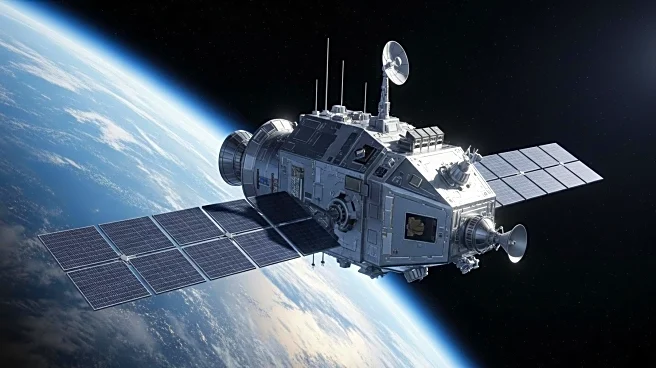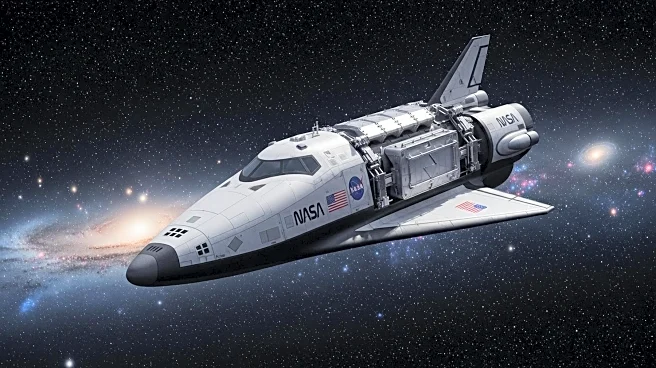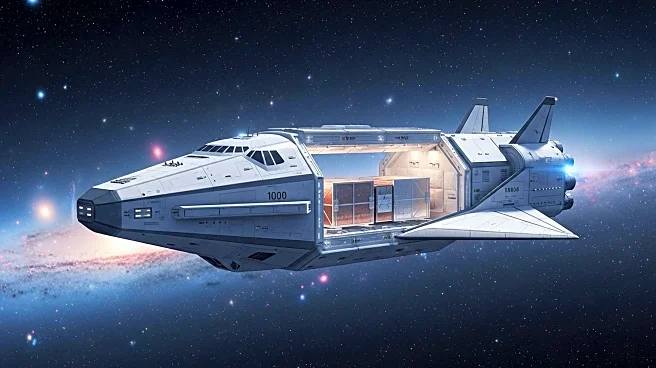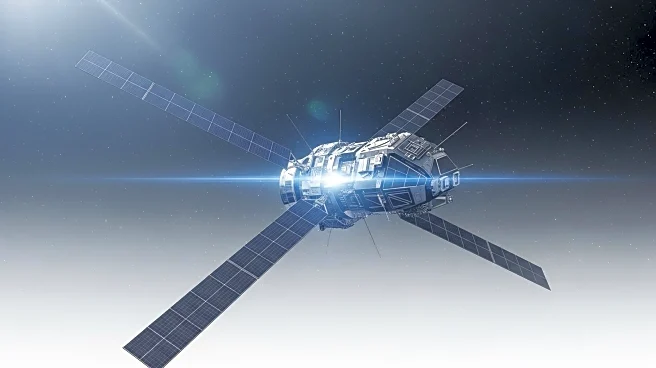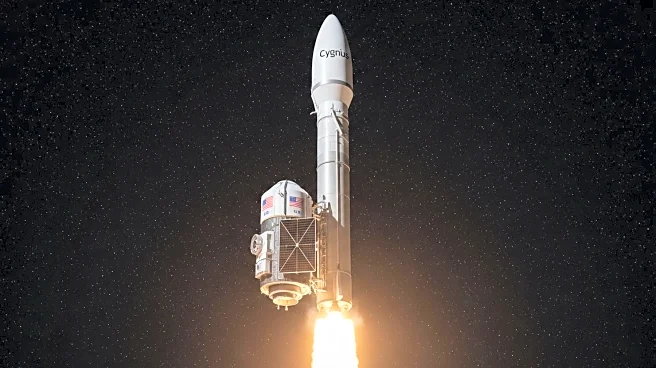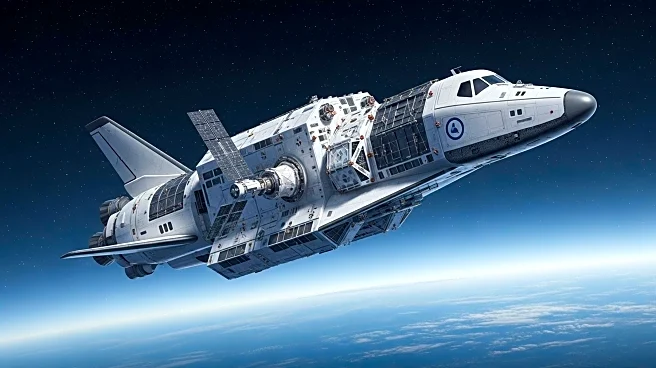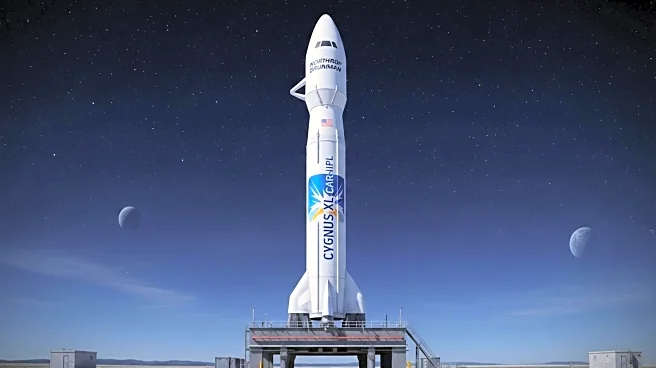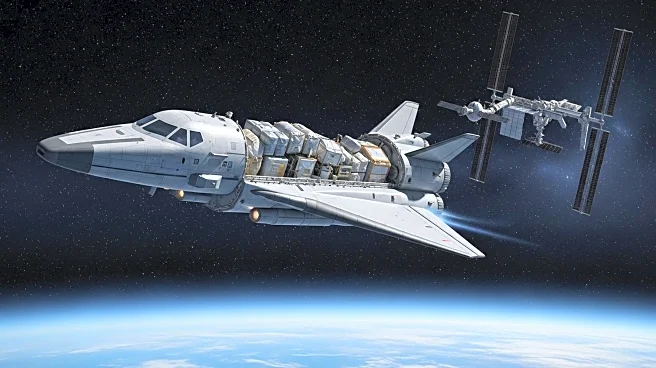What's Happening?
NASA has postponed the arrival of the Cygnus spacecraft at the International Space Station due to a thruster problem. The NG-23 Cygnus, launched on a SpaceX Falcon 9, was scheduled to reach the ISS on September 17 but experienced premature shutdowns of its main engine during orbit-raising burns. Despite the issue, all other systems on the spacecraft are functioning correctly. This mission marks the debut of the larger Cygnus XL, which can carry 33% more payload than previous versions. The thruster problem echoes issues from a prior mission, although it did not affect the arrival timeline then.
Why It's Important?
The delay highlights the challenges faced in space missions, particularly with new spacecraft models like the Cygnus XL. Ensuring reliable thruster performance is crucial for the safe and timely delivery of cargo to the ISS, which supports ongoing scientific research and international collaboration. The incident underscores the importance of robust engineering and contingency planning in space operations. It also reflects the complexities involved in scaling up spacecraft capabilities, which are essential for future missions that require larger payloads and extended operational ranges.
What's Next?
NASA and Northrop Grumman are investigating the thruster issue to determine the cause and implement solutions. The resolution of this problem is critical for maintaining the schedule of cargo deliveries to the ISS, which supports various scientific experiments and supplies for astronauts. Future missions will likely incorporate lessons learned from this incident to enhance the reliability of thruster systems in new spacecraft models. Continued collaboration between NASA and private companies like Northrop Grumman is expected to drive advancements in space technology and mission execution.

